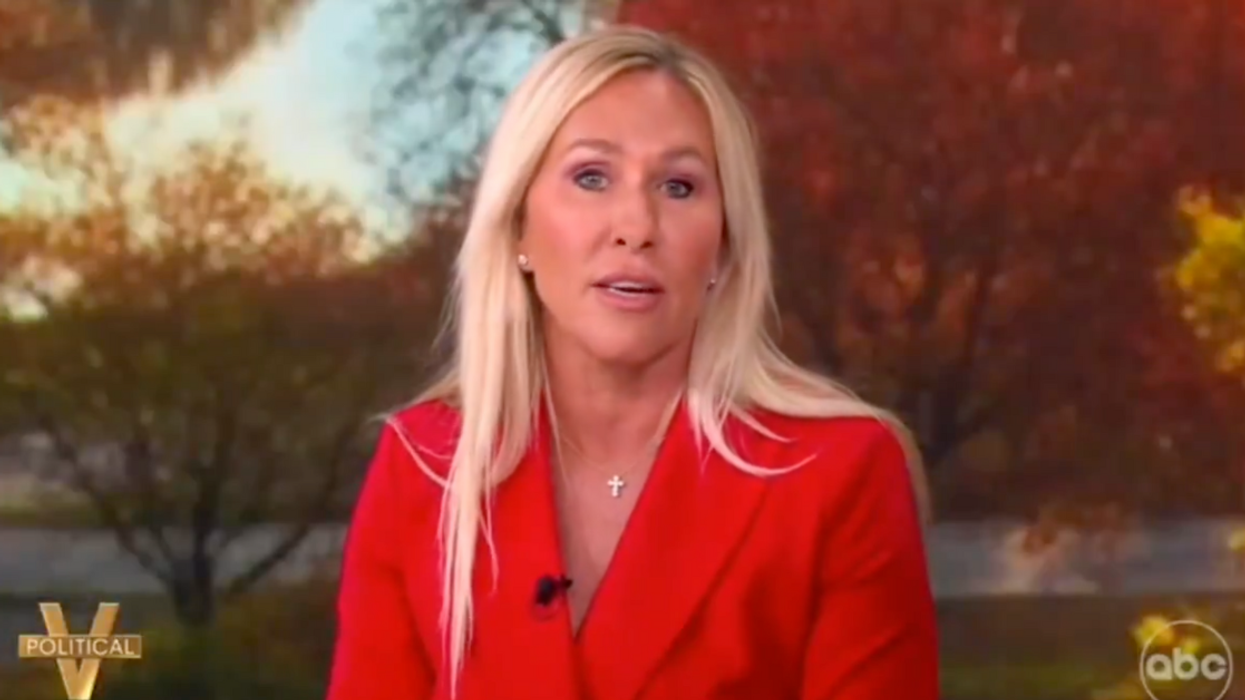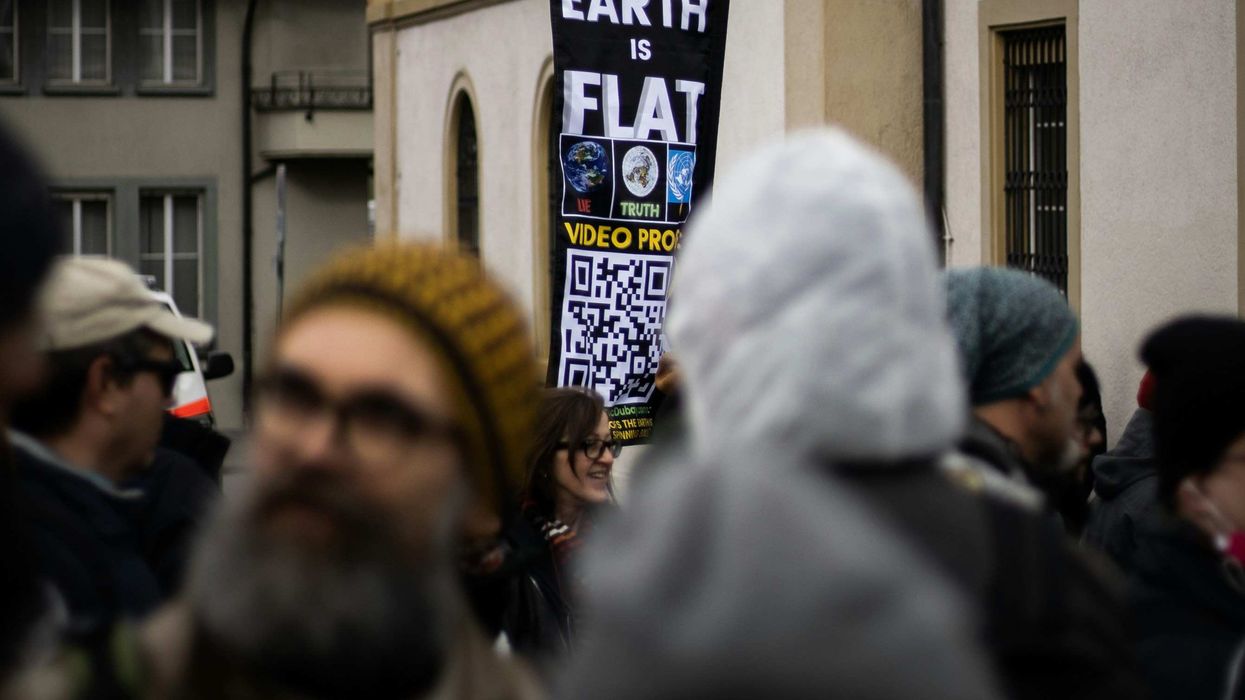On March 28, U.S. District Court Judge David Carter issued an extraordinary ruling, finding that it was “likely” that Donald Trump and John Eastman committed at least two federal crimes in their attempts to hold onto the White House:
- corruptly obstructing Congress in its electoral vote count, and
- entering into a conspiracy to defraud the United States by interfering with the election process.
Both carry heavy penalties, but both are also tricky to prove because the guilty state of mind of the defendants is an element of each crime.
In arguing against guilty intent, Eastman has sought to demonstrate that he and the former president had good faith reasons to believe that the election was tainted with fraud, and therefore what they did by pressuring former Vice President Mike Pence to overturn the election results on January 6 was not “corrupt” but somehow in service of the Republic.
This tactic has always bothered me. But after reviewing the parties’ latest filings before Judge Carter, two things clicked.
Their Claims of Election Fraud Are a Red Herring
First, it doesn’t matter if Trump or Eastman genuinely thought there was election fraud despite all the evidence to the contrary. They’re still guilty of the crimes cited by Judge Carter because it was their intent to illegally obstruct and interfere with the electoral counting. Why they chose to do it isn’t relevant to these crimes.
In fact, these election fraud claims can be a huge distraction and can muddy the waters considerably. This is because disproving them is to prove a negative, namely that election fraud did not happen.
Trump and Eastman can point to dozens of already debunked claims of alleged fraud, wasting everyone’s time (and the jury’s and public’s attention spans) while these are relitigated and methodically disposed of one by one. But this is precisely how conspiracies gain traction: string together enough baseless claims, and it starts to feel like something is amiss.
We can’t win factual arguments against conspiracy theorists because facts aren’t persuasive against feelings.
The better approach is to not wrestle this particular pig in the mud. Rather, we should point out that all their claims of fraud were settled and dismissed by the courts in over 60 lawsuits, and that what matters now is whether their actions to overturn the election were illegal even assuming they had a good faith belief in widespread election fraud.
The best way to understand this is to substitute something equally false and absurd for “election fraud.”
Let’s assume instead that Trump and Eastman genuinely believed that Joe Biden was a space alien in a human flesh suit. (This sadly would not be far off from some of the more extreme conspiracy theories out there.)
Let’s say that they set out to keep Joe Biden from becoming president because they honestly and genuinely didn’t want a space alien in the White House. While this might explain their behavior, it doesn’t make what they did any less illegal.
The only question before a jury (and the court of public opinion) should be whether Trump and Eastman knew their plot to overturn the election was an illegal one but they went ahead with it anyway, even if they actually thought Joe Biden was elected fraudulently or was a space alien in a human flesh suit.
The Evidence Shows They Knew Their Plot Was Illegal.
This gets to the second thing that clicked. How do we prove that John Eastman and Donald Trump knew that their scheme using Mike Pence was illegal?
Trump is notorious for not keeping notes or sending emails that might incriminate him, but John Eastman, thankfully, appears to have put all his thoughts down, apparently in the mistaken belief that they would never see the light of a courtroom because he’s an attorney and these are normally privileged. He didn’t count on the “crime-fraud” exception to the privilege undercutting him so decisively.
The infamous “Eastman Memo,” which is actually the culmination of weeks of strategizing among many Trump campaign attorneys, lays out the plan in stark and clear terms.
Importantly, this was this same plan that the White House was trying to execute—through high pressure meetings with Mike Pence and his staff in the days leading up to January 6 and even through dangerous coercion by Trump and eventually by the mob that attacked the Capitol—all the way up to the very moment Mike Pence actually returned to the floor, conducted the count, and declared Joe Biden the winner.
The Eastman plan required two critical components in order to work:
- a set of “alternate” slates of electors from seven swing states, and
- the cooperation of the presiding officer of the Senate, which meant Vice President Mike Pence or the Senate Pro Tempore, Chuck Grassley, if Mike Pence recused himself or was absent.
Under the plan, the presiding officer would point to “alternate” slates of electors as evidence that the swing states were disputed in order to justify throwing out or delaying the vote that day.
Eastman Knew the Alternate Electors Scheme Was Illegal
To fulfill the first part of the scheme, White House conspirators organized efforts to have “alternate electors” meet on December 14, 2020, the same day the real Electoral College members were gathered across the states, so they could cast “dueling” votes. That way, according to the Eastman plan, when Congress met on January 6 to count the electoral votes, the presiding officer could cite the “dueling” electors and either declare Trump the victor or postpone the count.
This scheme was proposed as early as November 18, 2020, when a member of the Trump legal team drafted a “President of the Senate” strategy that proposed Trump electors “cast their votes, and then send their votes to the President of the Senate in time to be opened on January 6.”
According to the Committee’s most recent filing, Eastman sent that strategy memo to Rudy Giuliani on December 7, 2020. The fake electors, using near identical language in their “certifications,” then met on December 14, 2020 and forwarded their votes to Congress.
Here’s where the plan falls into illegal territory.
It turns out, Eastman knew and even admitted in a letter to a colleague dated December 19, 2020 that any “alternate” slates of electors from the swing states that didn’t have the legal and official backing of their state legislatures would be “dead on arrival in Congress.” Specifically, he was concerned the whole scheme would fail “unless those electors get a certification from their State Legislators.”
But just four days later, on December 23, 2020, Eastman decided that whether the alternate slates were legally backed by their state legislatures didn’t matter because they could still pull off their scheme using Pence. “[T]he fact that we have multiple slates of electors demonstrates the uncertainty of either. That should be enough,” he wrote in an email that day with Boris Epshteyn, a Trump campaign official.
As the January 6 Committee notes in a recent filing, Eastman also circulated his infamous soft coup memo that same day, declaring that “7 states ha[d] transmitted dual slates of electors to the President of the Senate” and urging the Vice President to disregard the Biden electors from those seven States, “gavel[ing] President Trump as re-elected” or “send[ing] the matter to the House” for resolution.
The teams’ proposal went forward, and the pressure campaign on Pence began, even though Eastman already knew and had admitted privately that the dueling slates would be illegal and DOA.
Further, even after the insurrection happened, as the January 6 Committee revealed in its most recent filing, Eastman again admitted in writing that he knew his alternate elector scheme was illegal.
He wrote an email to a member of the public named Valerie Moon on January 10, 2021 saying of the alternate slates that “they had no authority” because “[n]o legislature certified them.” In short, the entire conspiracy and scheme to overturn the election rested upon the recognition by Mike Pence of alternate slates of electors that Eastman already knew had no authority or validity whatsoever.
Eastman Knew that Having Pence Act Unilaterally Was Illegal
The other key part of the conspiracy—one that required Mike Pence to overstep his legal authority and simply declare certain states’ electoral counts as contested and non-countable—was also something Eastman knew and admitted was illegal. It’s not hard to understand how having one single person unilaterally declare an entire election to be void would be fundamentally antithetical to our democracy.
It’s also not hard to see how this would also be entirely unworkable as a system. As Judge Carter noted in his ruling, Eastman acknowledged as much, proving that his argument was advanced in bad faith.
As Eastman admitted, “You would just have the same party win continuously if [the] Vice President had the authority to just declare the winner of every State.”
Nevertheless, on January 5, 2021, just a day before the insurrection, Eastman met with Mike Pence’s top aides—chief of staff Marc Short and chief counsel Greg Jacob—and continued to argue that Pence should reject the Biden electors.
Jacob subsequently wrote, in an unpublished OpEd obtained by The Washington Post, that Eastman conceded during the meeting that “not a single member of the Supreme Court would support his position” regarding Pence’s authority, that “230 years of historical practice were firmly against it,” and that “no reasonable person would create a rule that invested a single individual with unilateral authority to determine the validity of disputed electoral votes for President of the United States.”
After that two hour meeting, according to Jacob, Eastman “had conceded that having Pence reject Biden electors was not a good plan.”
But this didn’t stop Eastman.
Even after the attack on the Capitol, Eastman refused to relent on the plan. He wrote an email to Jacob that very day saying Pence could still choose to not certify the results later in the evening, using the delay caused by the insurrection as a new justification.
This may explain why Mike Pence was so adamant in not departing the Capitol grounds with the secret service. Pence likely knew from prior discussions that one fallback for the plan was to have Sen. Chuck Grassley (R-IA) preside over the electoral count if Pence recused himself—and the same thing could have happened if Pence were absent from the Capitol.
In fact, Grassley had indicated, rather enigmatically the day before the attack, that it would likely be him and not Mike Pence presiding over the count and debate, a statement that he has yet to explain.
One final thought:
Some worry that Eastman is being set up as the “fall guy” for the soft coup conspiracy, with Trump later arguing that he wasn’t part of any of this and was just getting advice from his attorneys, much like he now claims with respect to his accountants and claims of financial fraud.
But here’s the thing about conspiracies:
It only takes an agreement between two or more people and at least one act in furtherance of the conspiracy to find all co-conspirators guilty. There is already irrefutable evidence that Trump participated in calls with Mike Pence and John Eastman to try and convince Pence to do an illegal act of declaring the election for Trump or sending the election “back” to the states.
And there is plenty of evidence, based on Trump’s public speeches and tweets, that Trump knew all about the alternate elector scheme as well. Eastman even has handwritten notes from the former President about suggestions on how to get state legislatures to go along with their scheme.
In short, if Eastman is guilty of obstructing Congress and conspiracy to defraud the United States through election interference, then Trump is right there with him. The important takeaway here is to stay laser focused on the illegality of the scheme itself—i.e. the knowing use of illegitimate alternate electors to sow confusion during the electoral count and the leveraging of the ceremonial role of the Vice President into one where he unilaterally overturned the entire election.
We should not concern ourselves with whether Eastman or Trump genuinely yet falsely believed they were trying to stop widespread election fraud—or for that matter a space alien in a human flesh suit—from destroying our Republic.

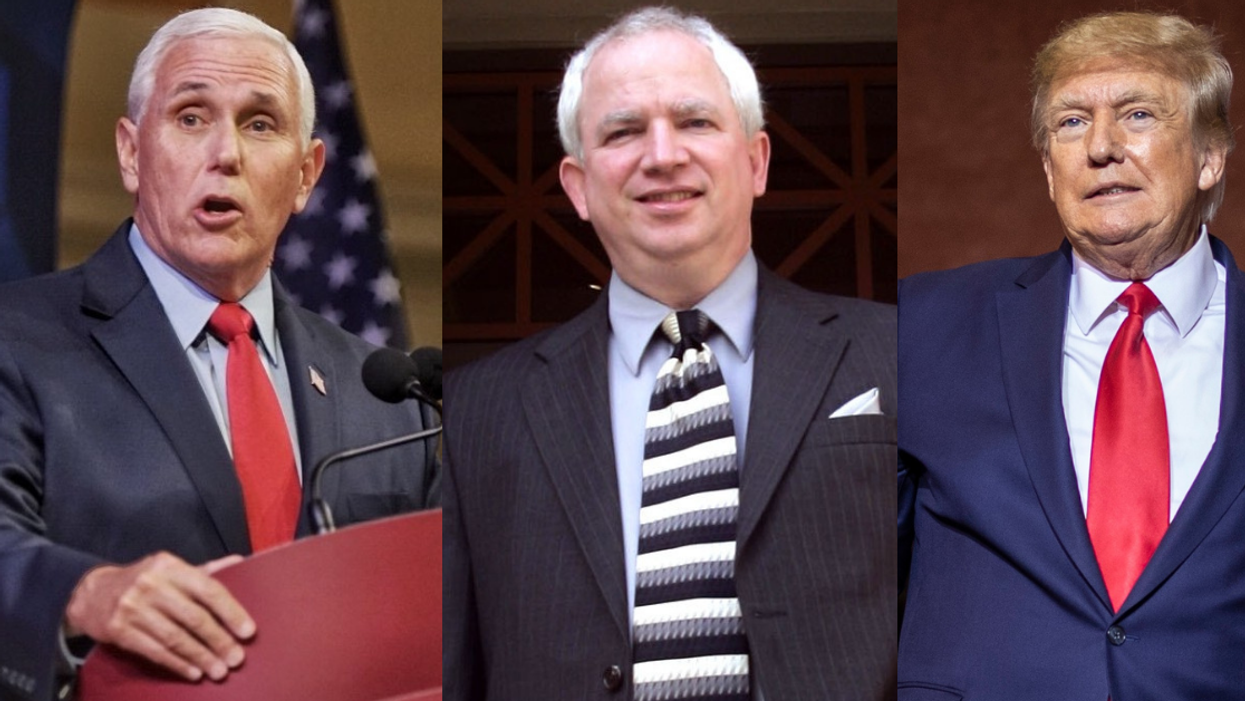

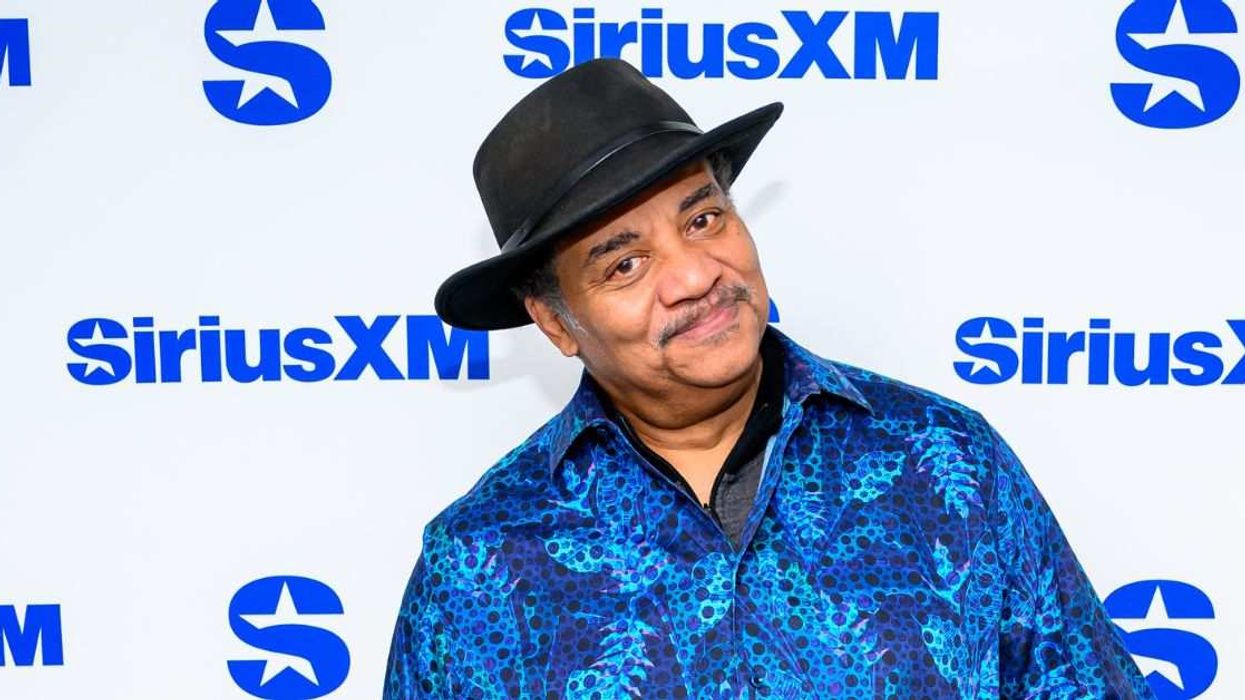
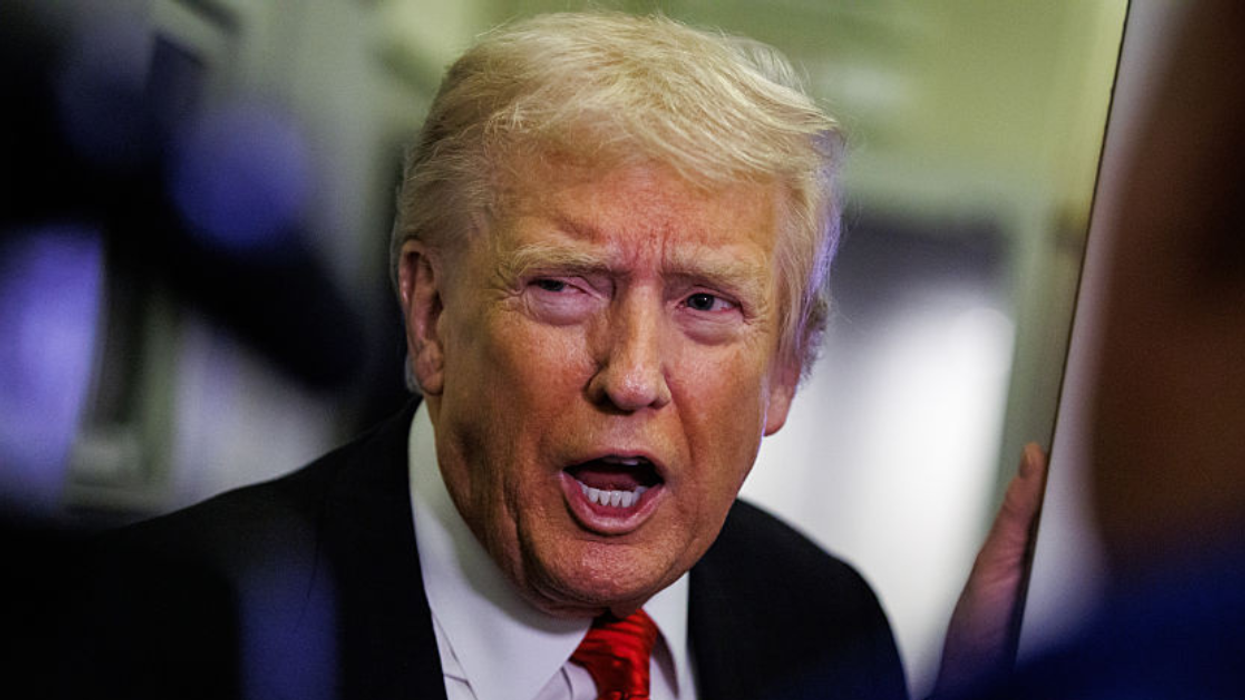

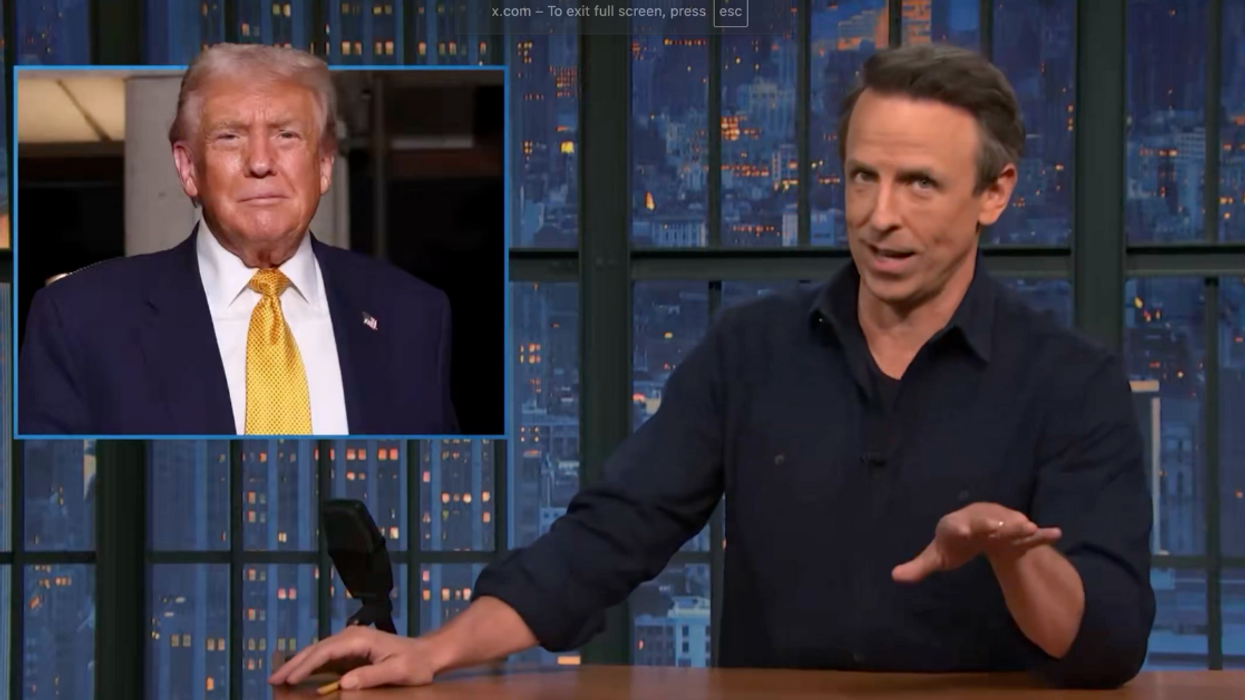
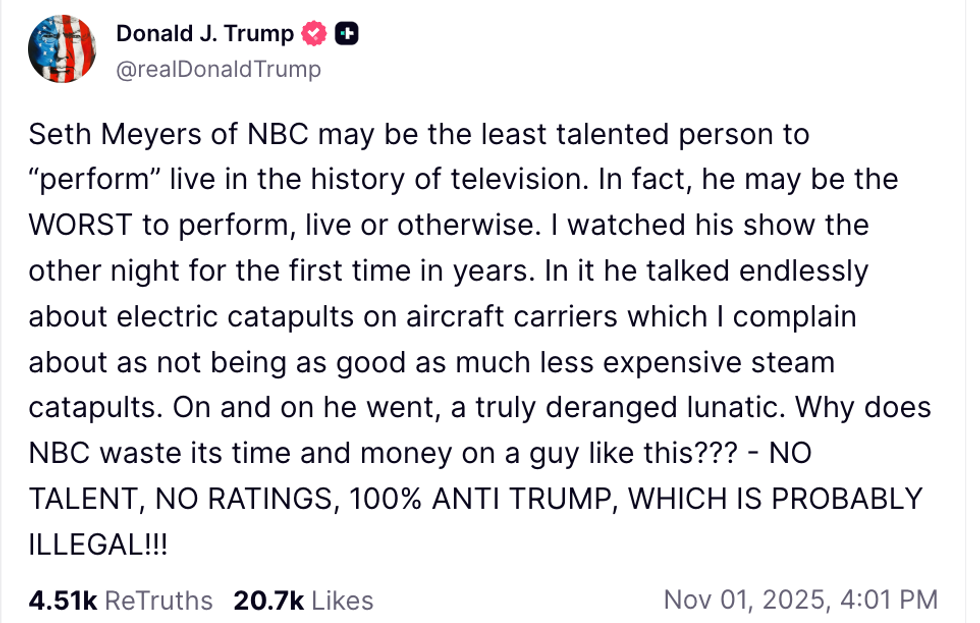 @realDonaldTrump/Truth Social
@realDonaldTrump/Truth Social
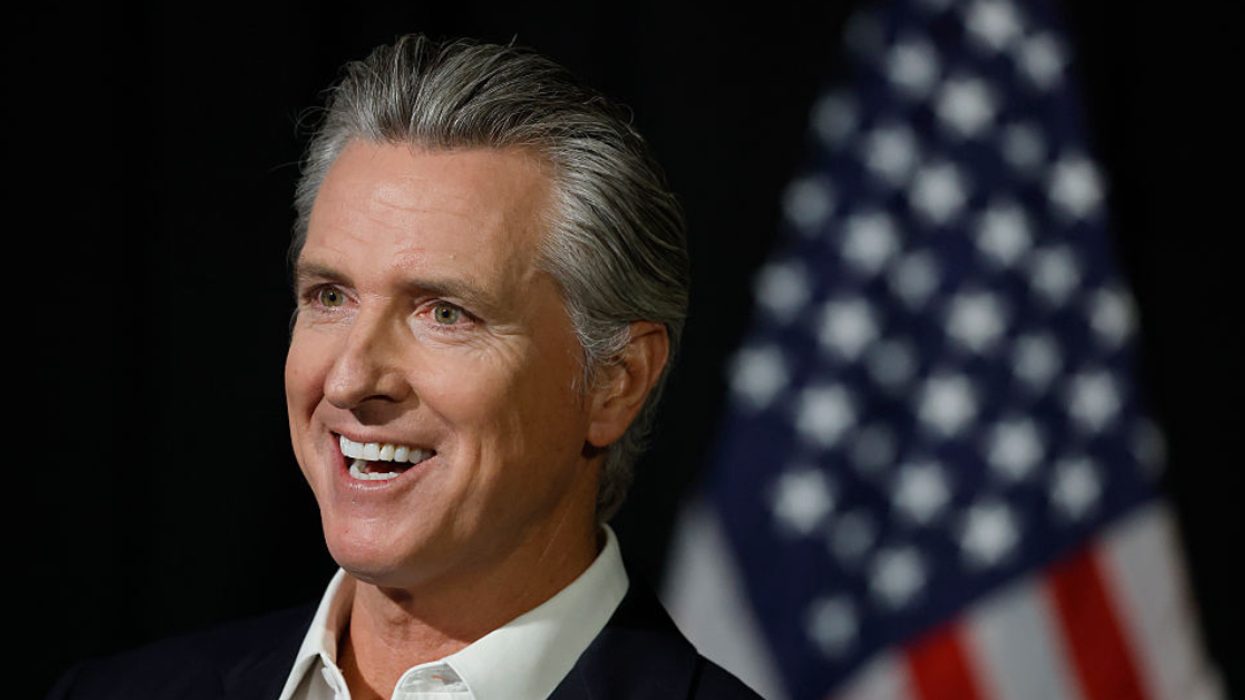
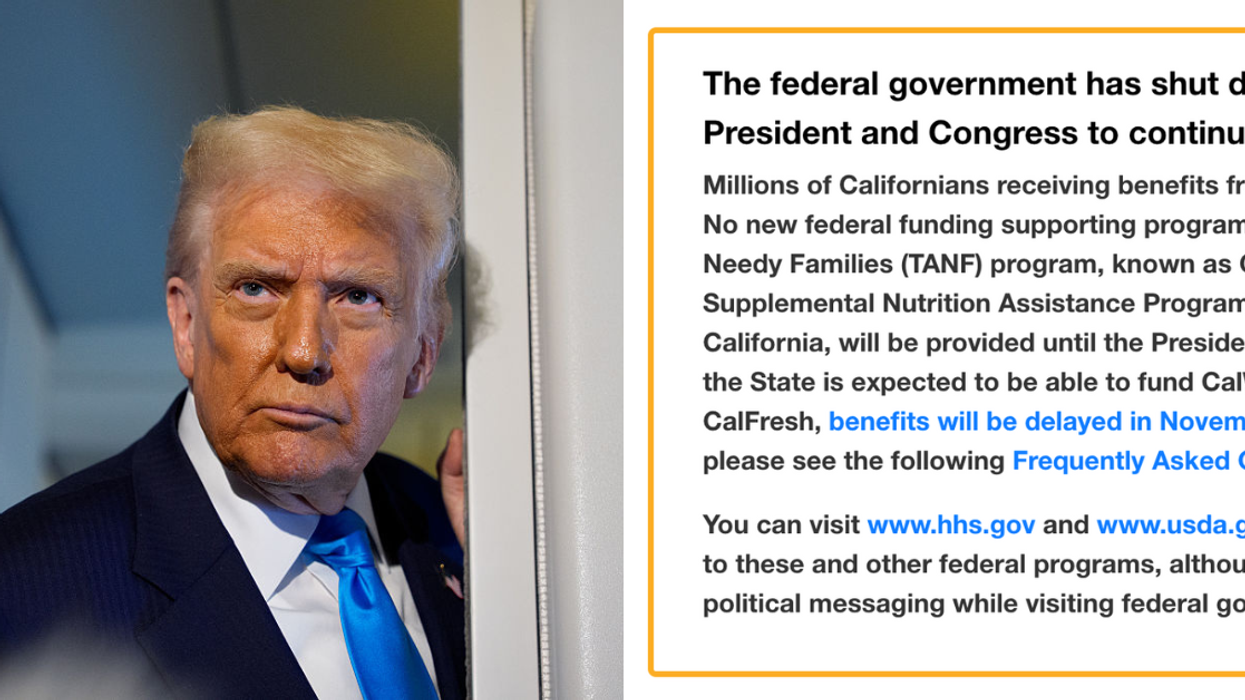
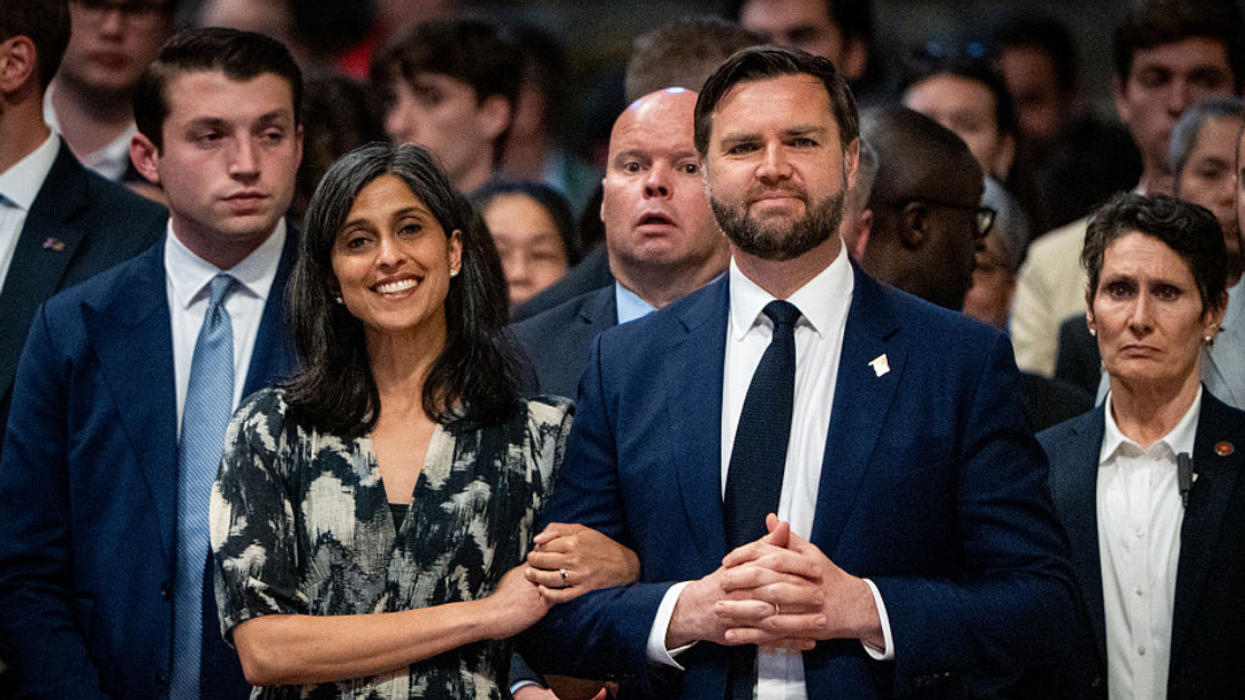


 @rootednjoyy/TikTok
@rootednjoyy/TikTok @rootednjoyy/TikTok
@rootednjoyy/TikTok @rootednjoyy/TikTok
@rootednjoyy/TikTok @rootednjoyy/TikTok
@rootednjoyy/TikTok @rootednjoyy/TikTok
@rootednjoyy/TikTok @rootednjoyy/TikTok
@rootednjoyy/TikTok @rootednjoyy/TikTok
@rootednjoyy/TikTok @rootednjoyy/TikTok
@rootednjoyy/TikTok @rootednjoyy/TikTok
@rootednjoyy/TikTok @rootednjoyy/TikTok
@rootednjoyy/TikTok @rootednjoyy/TikTok
@rootednjoyy/TikTok @rootednjoyy/TikTok
@rootednjoyy/TikTok @rootednjoyy/TikTok
@rootednjoyy/TikTok @rootednjoyy/TikTok
@rootednjoyy/TikTok
 @rootednjoyy/TikTok
@rootednjoyy/TikTok @rootednjoyy/TikTok
@rootednjoyy/TikTok @rootednjoyy/TikTok
@rootednjoyy/TikTok @rootednjoyy/TikTok
@rootednjoyy/TikTok @rootednjoyy/TikTok
@rootednjoyy/TikTok @rootednjoyy/TikTok
@rootednjoyy/TikTok @rootednjoyy/TikTok
@rootednjoyy/TikTok @rootednjoyy/TikTok
@rootednjoyy/TikTok @rootednjoyy/TikTok
@rootednjoyy/TikTok @rootednjoyy/TikTok
@rootednjoyy/TikTok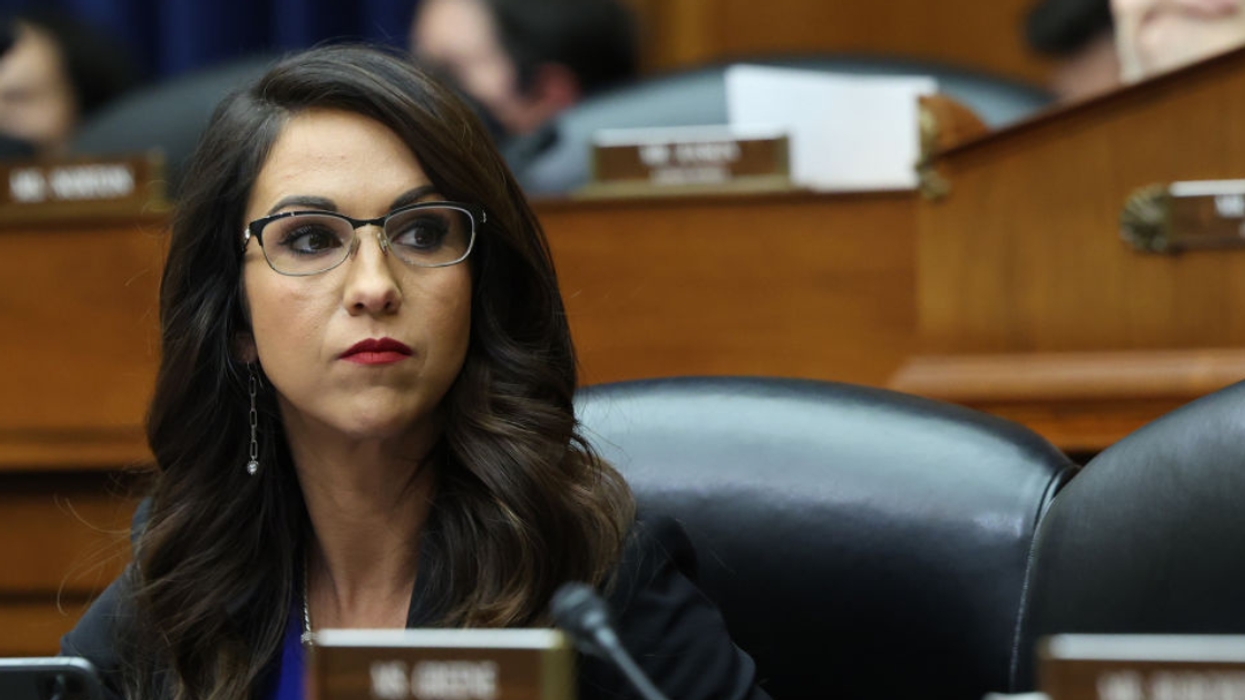
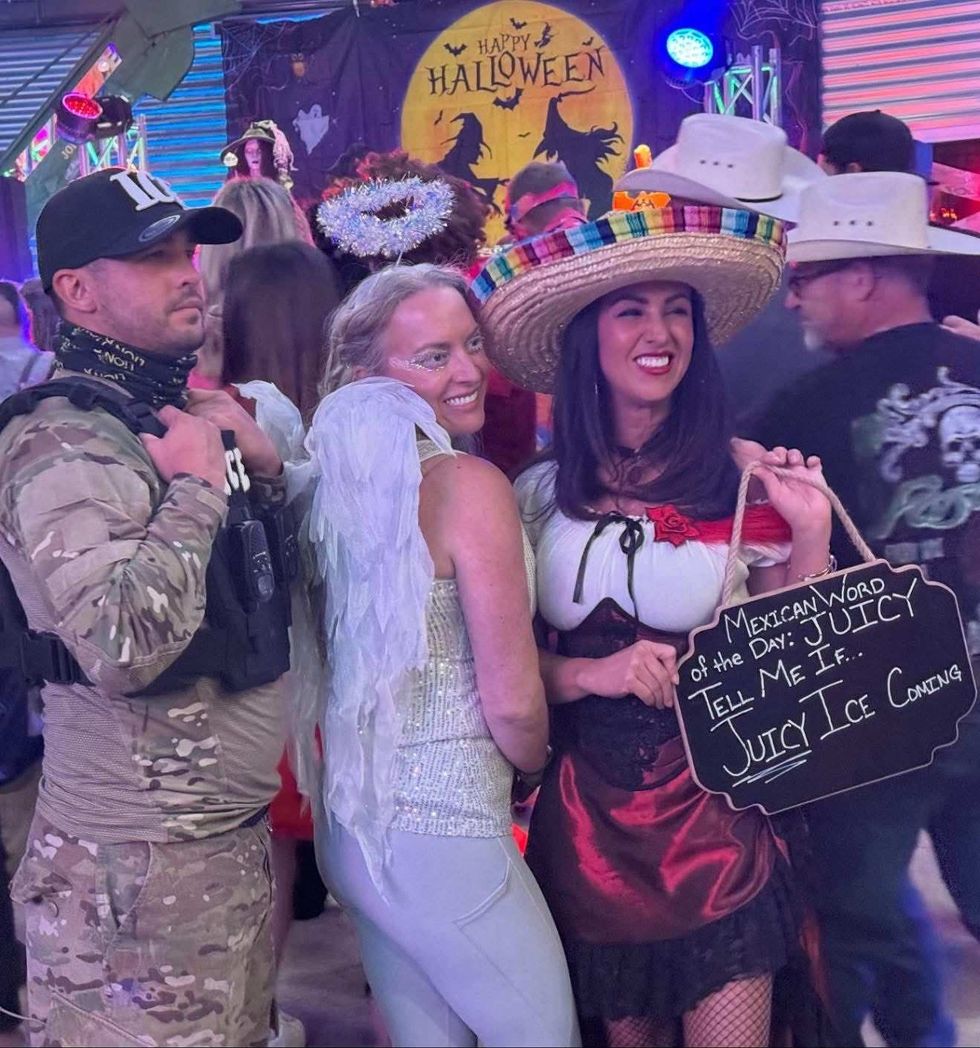 @BarryMu38294164/X
@BarryMu38294164/X